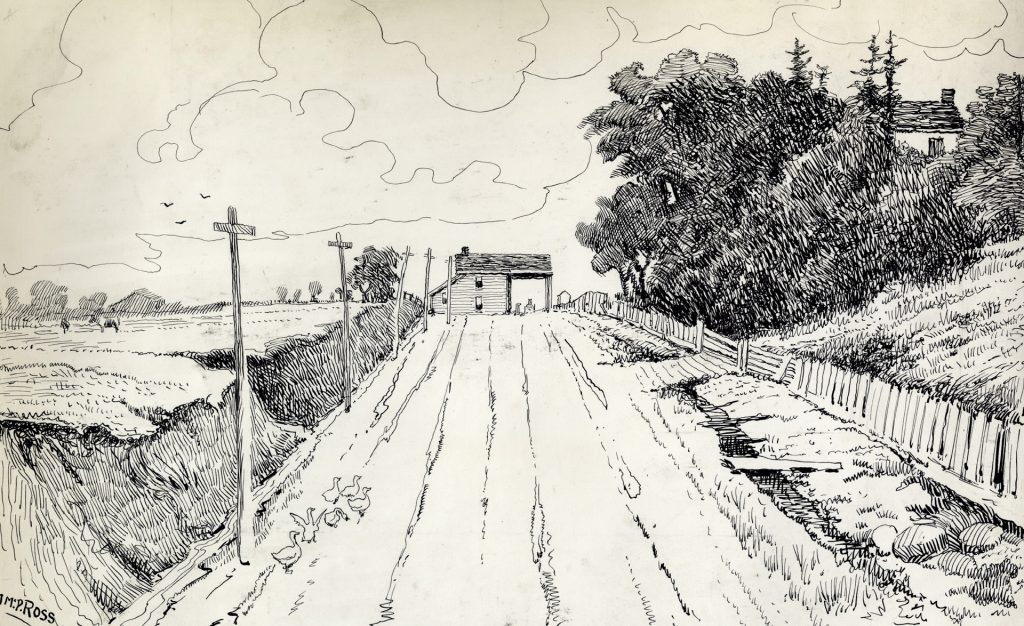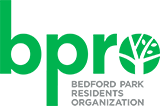
As angry farmers trudged out of Hogg’s Hollow on their way to Montgomery’s Tavern for the primary battle of Upper Canada’s Rebellion of 1837, it’s unlikely they were stopped at the toll-gate on the hill’s crest. The toll-gate, located near today’s Loblaws, was a tiny two-storey building on the west side of Yonge with a roof stretched over the roadway to a support on the far side.
Pedestrians were exempt from paying the toll, but the gatekeeper usually collected a few pence for a horse-drawn carriage by extending a bowl out the window in rougher weather. Some keepers may have extended half a coconut shell, although it’s doubtful coconuts were an easy commodity to come by. If the keeper was on duty in winter, sleighs were charged a similar toll.
The gatekeeper was usually a local landowner who had won the bid for the government contract. He was typically poorly paid, but one keeper — a local chicken farmer — complemented the wage by selling eggs to travelers and locals. Another keeper, Charles McBride, later became the owner of the local Bedford Park Hotel.
Initially, the tolls were used to help pay for the transformation of Yonge Street from mud to crushed stone. The street’s first toll-gate was erected at Yorkville in 1820, and 10 years later the second one, in our neighbourhood, was built. Three more turned up later, at Gallow’s Hill (just south of St. Clair), and at Langstaff and Elgin Mills roads.
But the income collected never came close to matching the construction costs — not surprising since travellers weren’t keen on paying to use a road that wasn’t yet fixed. In 1837 it was necessary for the government to kick in an extra £100,000 to keep the construction moving.
By 1845, the government cut off further funds and construction stopped. As a result, fewer people used the road north of Toronto and it became necessary for the government to compensate the gatekeepers who often didn’t collect enough to make it feasible.
To get out of the financial quagmire, the government sold Yonge Street (along with Dundas Street and Kingston Road) to a private company. But the resurfacing continued to absorb cash until the company defaulted on its interest payments, passing the roads back to the government. In 1865, the gates were sold to York County — for a quarter of the price they were worth 20 years earlier.
Over the next 30 years, opposition to the gates continued to mount because the collected tolls were no longer being used to maintain the roads. So, the government abolished them in the 1890s. Toll-roads disappeared for the next 100 years. With the advent of tolls on Highway 407 in 1999, coconut shells were replaced by transponders.
Gary Schlee has been a resident of Bedford Park since 1991. As an author and historian, he has written many articles about the history of our area, notably from 2003-2012, for Community Life published by Fairlawn Avenue United Church (FAUC). This article originally appeared in the Fall 2006 issue. BPRO is grateful to Gary and FAUC for kindly and generously authorizing us to reprint these articles on our website. Please come back regularly to see additional articles as we post them.
